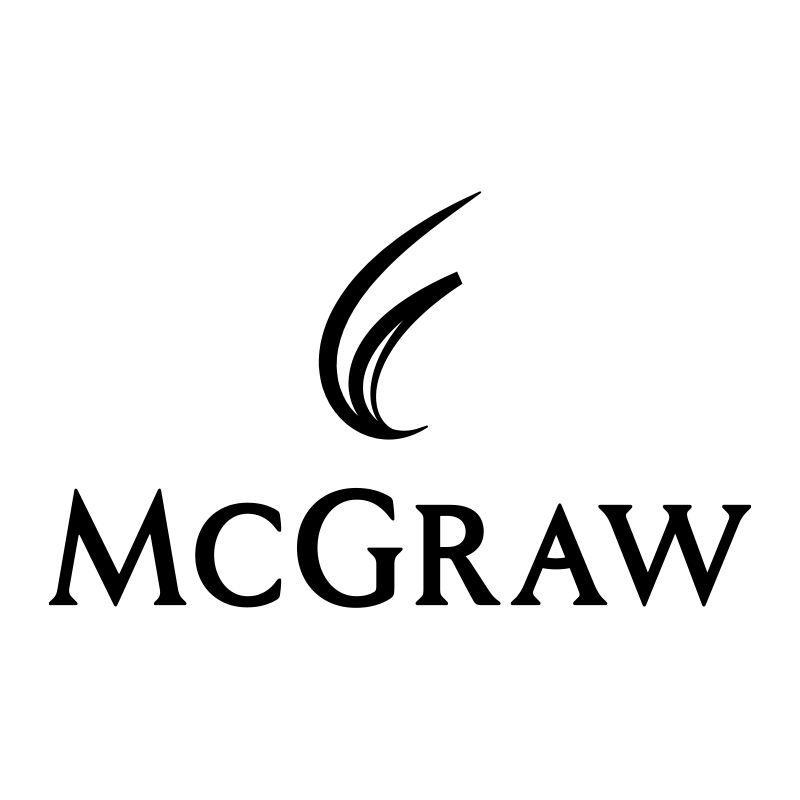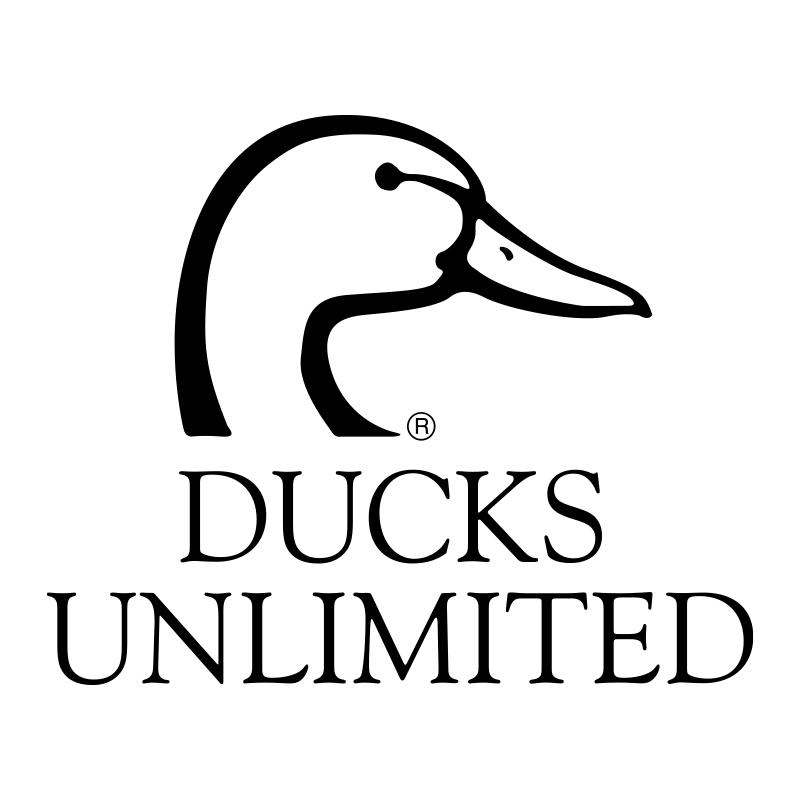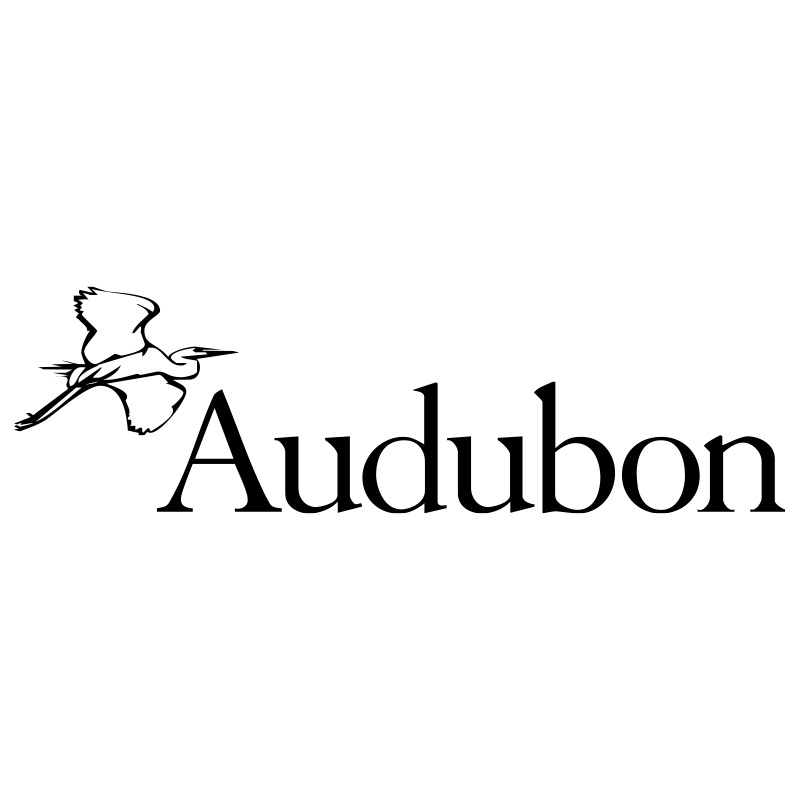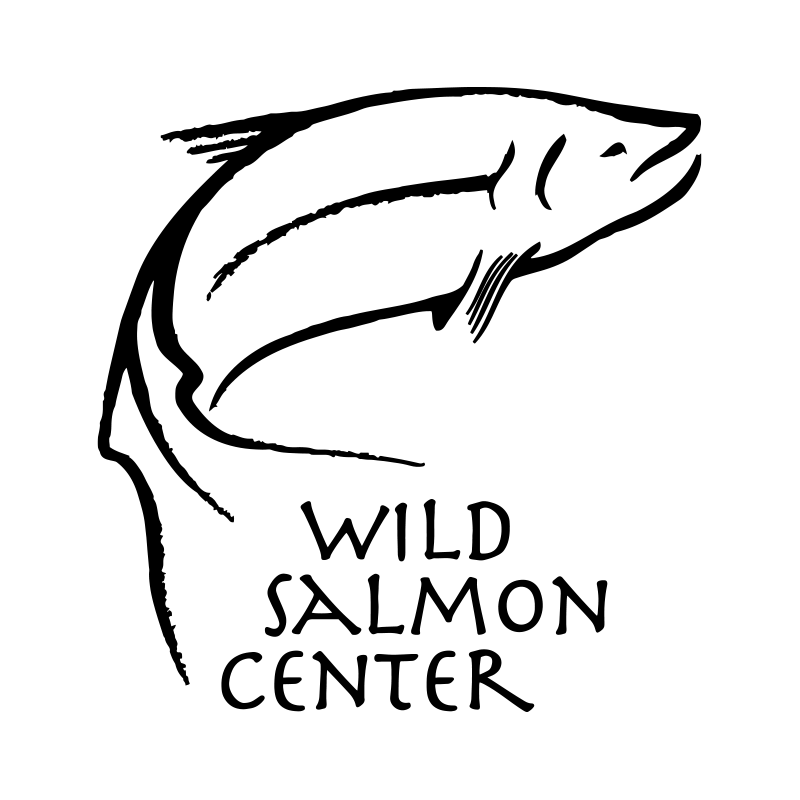Conservation Partners

Max McGraw Wildlife Foundation
The Max McGraw Wildlife Foundation for more than 60 years has been bringing conservation groups, like-minded organizations and thought leaders together to seek innovation, economic and program efficiency in the conservation arena. Its long-term research efforts in the areas of wildlife and fisheries have been recognized around the world. McGraw has long been the facilitator of innovative thought in conservation, which has led to acclaimed programs such as Conservation Leaders For Tomorrow and most recently, the engagement in Giant Screen films. McGraw recognizes that conservation must be communicated to society at large, and particularly to our youth, if we are to solve long-term natural resource, land management and water issues. McGraw believes our wildlife and fisheries resources must be managed for them to thrive, and is committed to advancing hunting and fishing practices as a part of our American heritage. McGraw is neither anchored by being species- or habitat-specific. Rather it is a networker and bears the DNA of its founder to be a thought leader; to carry an entrepreneurial mindset to find a better way forward for the conservation world and beyond.

Ducks Unlimited
Ducks Unlimited conserves, restores, and manages wetlands and associated habitats for North America’s waterfowl. These habitats also benefit other wildlife and people.
DU got its start in 1937 during the Dust Bowl when North America’s drought-plagued waterfowl populations had plunged to unprecedented lows. Determined not to sit idly by as the continent’s waterfowl dwindled beyond recovery, a small group of sportsmen joined together to form an organization that became known as Ducks Unlimited. Its mission: habitat conservation.
Thanks to decades of abiding by that single mission, Ducks Unlimited is now the world’s largest and most effective private waterfowl and wetlands conservation organization. DU is able to multilaterally deliver its work through a series of partnerships with private individuals, landowners, agencies, scientific communities and other entities.

Audubon
The National Audubon Society protects birds and the places they need, today and tomorrow, throughout the Americas using science, advocacy, education, and on-the-ground conservation.
Audubon’s state programs, nature centers, chapters, and partners have an unparalleled wingspan that reaches millions of people each year to inform, inspire, and unite diverse communities in conservation action.
Since 1905, Audubon’s vision has been a world in which people and wildlife thrive. Audubon is a nonprofit conservation organization.

Wild Salmon Center
Wild Salmon Center was founded in 1992 by avid fly-fishermen Pete Soverel and Tom Pero. Former Navy captain Pete Soverel was one of a small group of western anglers to explore the flyfishing possibilities in Russia’s Kamchatka Peninsula, and in 1994 he began organizing expeditions with scientists and fishermen to the rivers of Kamchatka, a sparsely populated 800-mile-long peninsula that had hosted former Soviet navy and air force installations. Pete started an initiative called The Kamchatka Steelhead Project. Fly fishermen funded and participated in joint research by Russia’s Moscow State University, WSC, and University of Montana’s Flathead Lake Biological Station – catching steelhead on flies, allowing researchers to collect data on the fish, and then releasing them (see feature from Outside Magazine). The Kamchatka Steelhead Project spun off in 2003 to Soverel’s organization The Conservation Angler.
In 1998, Soverel hired Guido Rahr as the organization’s first executive director. Guido was also one of the first western anglers in Kamchatka, and he came to Pete with a vision: a Pacific Rim network of protected salmon rivers, or strongholds.
With an expanding staff, Rahr and conservation director Xanthippe Augerot, reoriented the WSC toward a pan-Pacific effort to identify and protect the most important watersheds for salmonid fish, including Pacific salmon, steelhead, trout, char and taimen, in each region of the northern Pacific Rim. They knew that it was only a matter of time until even the most remote rivers were at risk, and that taking the long view and putting proactive protections in place would secure these rivers from the future threats.
The WSC convened workshops with top scientists in Russia, Canada, Japan and the US Pacific Northwest and rapid assessments were completed for rivers, including unexplored salmon rivers in Kamchatka and the Russia Far East. The stronghold campaign became the first international conservation effort for Pacific salmon and has resulted in establishment of eight new national and regional parks totaling 7.7 million acres, including the Kol Salmon refuge in Kamchatka: the first headwaters-to-ocean whole watershed protected area created to protect salmon biodiversity. WSC led efforts to expand protections on 60,000 miles of streamside habitat in the Pacific Northwest, and helped secure wild fish conservation agreements for 89 river systems.
We have also prevented major threats to salmon strongholds, defeating efforts to build hydroelectric dams, hard rock mining projects, logging, and other major threats to salmon rivers in the United States, Canada, Japan and the Russian Far East. WSC has also helped found 14 new conservation organizations and raised well over $100 million for conservation and science efforts.
Preemptively protecting Russia and North America’s salmon strongholds is the center of our work. Protecting a river system before it’s broken is a far cheaper and simpler strategy than trying to rebuild a river after it has been degraded. And the fate of salmon for the entire region depends on a viable network of strongholds. The story continues in great detail in “Stronghold” by Tucker Malarkey, which follows Guido Rahr on his lifelong journey to becoming a passionate leader for Pacific salmon conservation and a voice for protecting the world’s last, great salmon rivers.

The Water Institute
The Water Institute is an independent, non-profit applied research organization that works across disciplines to advance science and develop integrated methods used to solve complex environmental and societal challenges.
The Water Institute’s applied research is rooted in the lessons born from the challenges facing Louisiana and the Gulf Coast and grows through collaborative partnerships to exchange knowledge and implement innovative approaches and solutions. We welcome the opportunity to partner with mission-driven organizations that share our passion for advancing resilient communities and sustainable water management systems and ecosystems.
The Water Institute connects researchers across disciplines to support governmental, private sector, and nongovernmental organization (NGO) partners in planning for an uncertain future. Our integrated and interdisciplinary team’s methodology is founded on engaging scientific, engineering, and planning experts to provide the technical rigor and framing necessary to support robust decision making.
Our team leads the development and application of leading-edge, problem-specific tools and approaches to inform a range of implementation and policy decisions.
— Marshall Johnson, Chief Conservation Officer, National Audubon Society
“Wings Over Water 3D is a powerful way to share our message and mission to a new pool of supporters while energizing our existing ones who are passionate about reaching the next generation of Prairie Wetland advocates.”
— Adam Putnam, Ducks Unlimited Inc.
“The production of Giant Screen films and release of ‘Wings Over Water’ enables the Max McGraw Wildlife Foundation to advance the cause of conservation to an audience far exceeding the reach of any we have ever undertaken. Moreover, it introduced us to like-minded foundations, corporations and individuals who see the value in Giant Screen film projects for advancing conservation causes on a global scale and opened the door to future collaboration.”
— Charles S. Potter, President Max McGraw Wildlife Foundation


